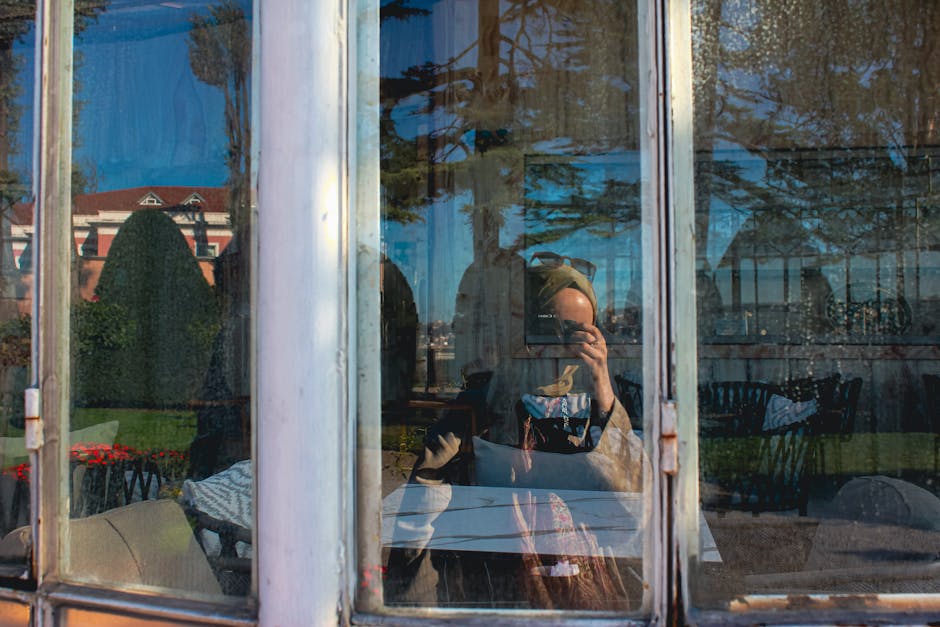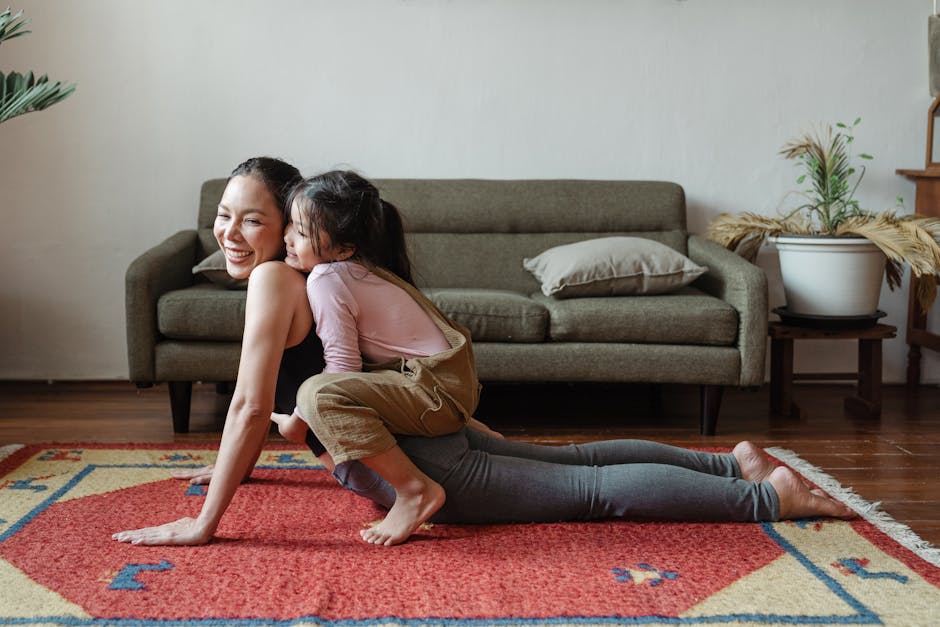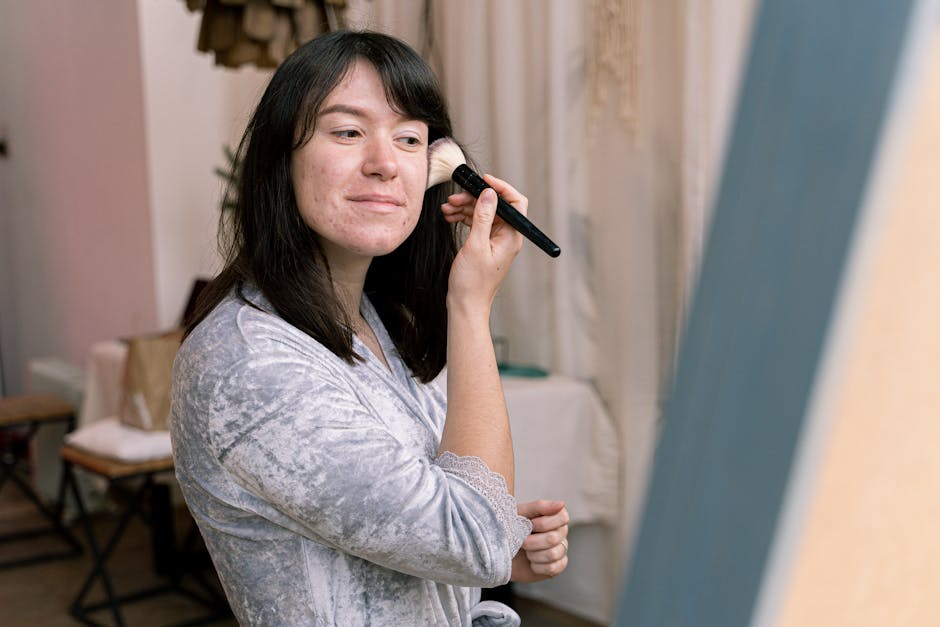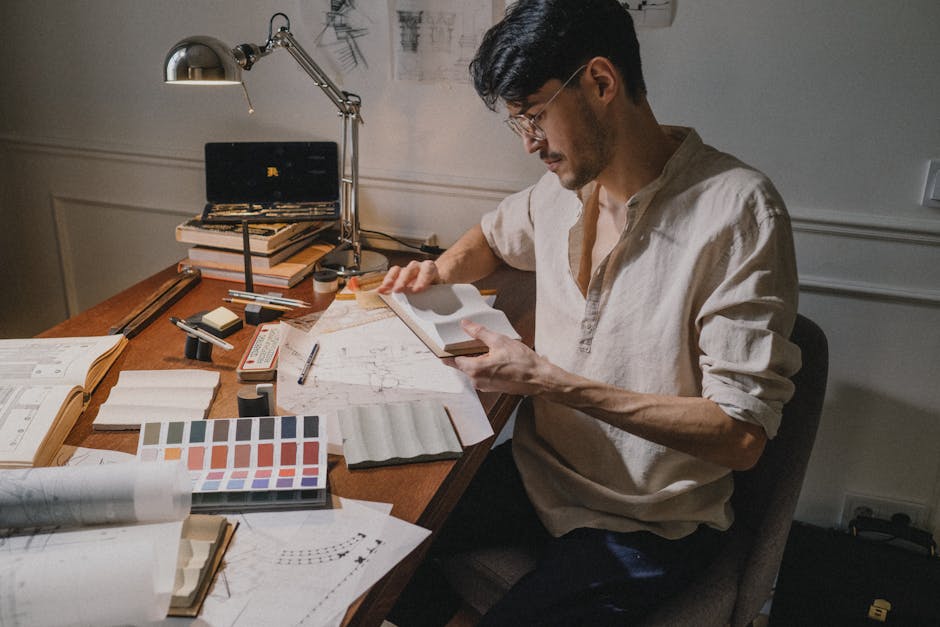Life design is more than a trendy catchphrase; it’s a transformative approach that empowers you to intentionally shape your path, align your actions with your values, and create a life filled with purpose and fulfillment. At Self IQ, our mission is Smarter Growth. Stronger You.—and life design is the ultimate toolkit for making that promise a reality.
What is Life Design? Understanding the Core Concept

Photo by Jan van der Wolf on Pexels
Life design is a proactive, creative process inspired by the principles of design thinking, applied to the most important project you’ll ever tackle: your own life. Instead of drifting through life on autopilot or waiting for circumstances to shape your destiny, life design invites you to become the architect of your journey. This approach, popularized by innovators at Stanford and embraced by thousands worldwide, encourages curiosity, experimentation, and ongoing reflection as you build a life that evolves with you.
At its core, life design is about more than setting goals or following a rigid plan. It’s about understanding your values, reframing limiting beliefs, and continuously iterating on your choices to create a life that is both meaningful and adaptable. Life design recognizes that change is constant, and by embracing a designer’s mindset, you can navigate uncertainty with creativity and resilience.
Imagine your life as a canvas—life design gives you the brushes and colors to paint with intention, rather than letting others fill in the lines for you. It’s a dynamic, lifelong process that prioritizes self-awareness, agency, and a willingness to learn from every experience.
The Principles of Life Design: Building Blocks for a Fulfilling Life

Photo by Şevval Çadır on Pexels
Successful life design is grounded in a set of guiding principles that empower you to take ownership of your journey. Here are five foundational principles to anchor your practice:
- You are the Center: Your life is your story. While others play important roles, you are the protagonist. Embrace your central role and make choices that align with your unique vision.
- Radical Responsibility: Life design requires you to take full responsibility for your experiences—not by blaming yourself for everything, but by recognizing your power to choose your responses and direction.
- Honesty with Yourself: Growth begins with brutal honesty. Acknowledge what’s working and what isn’t. Only by facing reality can you make meaningful changes.
- Curiosity and Experimentation: Approach your life with curiosity. Try new things, learn from each experiment, and treat setbacks as valuable feedback rather than failures.
- Continuous Reframing: Reframing is the art of looking at challenges from fresh perspectives. It helps you break free from limiting beliefs and discover new possibilities.
By integrating these principles, you lay a strong foundation for designing a life that is authentic, resilient, and deeply fulfilling.
Reframing Limiting Beliefs: Unlocking Creative Confidence

Photo by Tara Winstead on Pexels
One of the most powerful aspects of life design is the practice of reframing—challenging the assumptions and beliefs that keep you stuck. Many people hold onto dysfunctional beliefs, such as the idea that discovering a single passion will reveal their purpose, or that external circumstances dictate their happiness. Life design teaches you to question these narratives and replace them with empowering alternatives.
For example, instead of believing, “I need to find my one true calling,” you might reframe it as, “I can create meaning and fulfillment through many paths, and it’s okay to explore.” This shift opens up space for experimentation and growth. Reframing also helps you address “gravity problems”—challenges that are outside your control—by focusing on what you can influence and letting go of the rest.
Building creative confidence means embracing the idea that you are capable of designing your own solutions, even when the path isn’t clear. Every time you reframe a limiting belief, you expand your capacity to navigate life’s complexities with courage and ingenuity.
Identifying Your Core Values and Personal Principles

Photo by Alina Vilchenko on Pexels
Life design begins with self-awareness. To design a life that feels truly yours, you must first understand what matters most to you. This involves identifying your core values—the non-negotiable principles that guide your decisions and define your sense of purpose.
Start by reflecting on moments when you felt most alive, fulfilled, or proud. What values were present in those experiences? Common values include autonomy, growth, connection, creativity, and integrity, but your list should be personal and specific to you.
Once you’ve identified your values, translate them into actionable personal principles. For example, if autonomy is a core value, your principle might be, “I make my own decisions and take responsibility for them.” These principles serve as daily touchstones, helping you navigate choices and stay aligned with your authentic self.
Regularly revisit and refine your principles as you grow. Life design is not a one-time exercise; it’s an ongoing commitment to living in alignment with your evolving values and aspirations.
Design Thinking for Life: Tools and Techniques

Photo by Krish Katariya on Pexels
Design thinking is a creative problem-solving framework that can be powerfully applied to life design. Its core elements—empathy, ideation, prototyping, and testing—offer practical tools for navigating life’s challenges and opportunities.
- Empathy: Start by deeply understanding your own needs, desires, and pain points. Journaling, mindfulness, and honest conversations with trusted friends can help you gain clarity.
- Ideation: Generate multiple possibilities for your future. Don’t limit yourself to one path—explore various “Odyssey Plans” for your life, each representing a different direction you could take.
- Prototyping: Test your ideas with small, low-risk experiments. If you’re curious about a new career, try shadowing someone in the field or taking a short course before making a big leap.
- Testing and Iteration: Reflect on your experiments and use the feedback to refine your direction. Life design is an iterative process—each step teaches you more about what works for you.
By applying design thinking to your life, you cultivate a mindset of possibility and resilience, turning uncertainty into opportunity.
Creating Your Life Design Roadmap: From Vision to Action

Photo by Google DeepMind on Pexels
With your values, principles, and design thinking tools in hand, it’s time to create a roadmap for your life design journey. Start by envisioning your ideal life in vivid detail. Where are you? What are you doing? Who are you with? How do you feel?
Break down your vision into actionable goals and milestones. Use the “Odyssey Plan” approach to map out several possible futures—each with its own set of steps and experiments. Don’t be afraid to adjust your plans as you learn and grow; flexibility is key to sustainable progress.
Prioritize your goals based on alignment with your values and current resources. Set up regular check-ins with yourself to assess your progress, celebrate wins, and make course corrections as needed. Remember, life design is a marathon, not a sprint—be patient and compassionate with yourself along the way.
Overcoming Obstacles and Staying Motivated

Photo by Ketut Subiyanto on Pexels
No journey is without challenges, and life design is no exception. Common obstacles include fear of failure, perfectionism, and external pressures. The key to overcoming these hurdles is to cultivate resilience and maintain a growth mindset.
When setbacks occur, view them as opportunities for learning rather than reasons to give up. Surround yourself with supportive people who encourage your growth and hold you accountable. Practice self-compassion, and remember that progress is rarely linear.
Stay motivated by regularly reconnecting with your “why”—the deeper purpose behind your efforts. Celebrate small victories and reflect on how far you’ve come. Over time, the habits and mindsets you develop through life design will become second nature, empowering you to navigate any challenge with confidence.
Life Design in Action: Everyday Practices for Meaningful Growth

Photo by Antoni Shkraba Studio on Pexels
Life design isn’t just about big decisions; it’s about the small, daily choices that shape your experience over time. Incorporate life design into your routine with these practical practices:
- Daily Reflection: Set aside time each day to check in with yourself. What went well? What could be improved? How did your actions align with your values?
- Gratitude and Mindfulness: Cultivate awareness and appreciation for the present moment. Mindfulness helps you stay grounded and open to new possibilities.
- Continuous Learning: Approach life as an ongoing experiment. Seek out new experiences, skills, and perspectives that enrich your journey.
- Intentional Decision-Making: Before making choices, pause to consider how they align with your principles and long-term vision.
By weaving these habits into your daily life, you reinforce the principles of life design and create a foundation for lasting growth and fulfillment.
Conclusion: Designing a Life Worth Living

Photo by RAVI RAYMOND on Pexels
Life design is the art and science of creating a life that is both meaningful and adaptable. By embracing its principles—self-awareness, radical responsibility, curiosity, and continuous iteration—you unlock the power to shape your destiny, regardless of where you start. Remember, you are the architect of your life. With intention, creativity, and resilience, you can design a future that reflects your truest self and brings you joy and fulfillment every step of the way.
At Self IQ, we believe that smarter growth leads to a stronger you. Start your life design journey today, and discover the extraordinary possibilities that await when you take ownership of your story.
Sources
- https://ideas.ted.com/how-to-use-design-thinking-to-create-a-happier-life-for-yourself/
- https://imagine.jhu.edu/blog/2022/08/05/the-principle-of-life-design/
- https://www.peakmindpsychology.com/blog/post/design-your-way-through-2022-principles-of-life-design
- https://www.a3lifedesign.com/blog-english/developing-your-personal-principles
- http://lifedesignlab.stanford.edu/dyl





